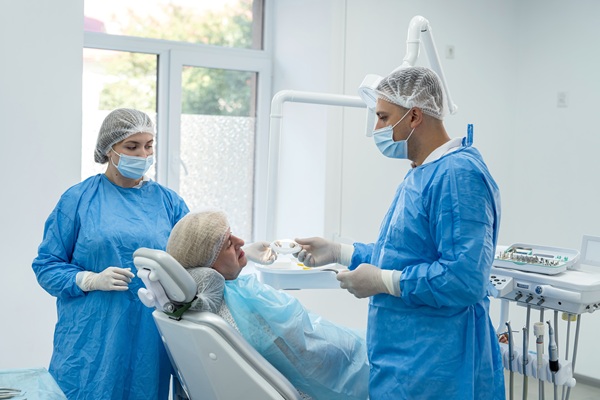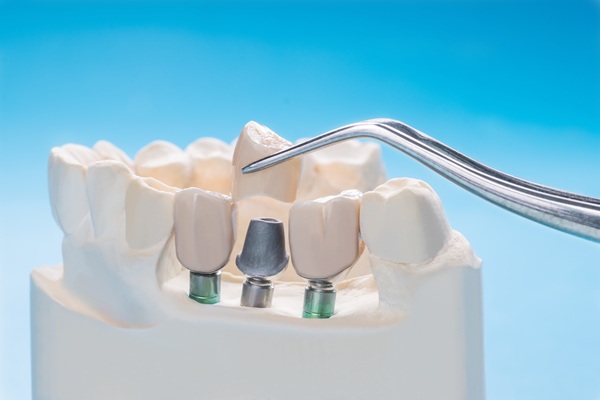 Root surface debridement is typically recommended by a periodontist for patients that have gum disease. It is a minimally invasive and safe non-surgical procedure that is performed in the periodontist’s office. This article discusses root surface debridement in greater detail.
Root surface debridement is typically recommended by a periodontist for patients that have gum disease. It is a minimally invasive and safe non-surgical procedure that is performed in the periodontist’s office. This article discusses root surface debridement in greater detail.
When a periodontist recommends root surface debridement
It is helpful to understand the purpose of root surface debridement and when and why treatment may be recommended to determine whether you should see a periodontist for treatment. The following is a closer look at the role root surface debridement plays in periodontal health and gum disease treatment.
What is root surface debridement?
Root surface debridement is a periodontal treatment procedure that involves removing calculus, plaque, and tartar build-up along the root surface. When gum disease progresses and is not adequately treated in the early stages, it can lead to deeper gum pockets. Eventually, these gum pockets can worsen and cause other concerns such as loss of bone in the jaw and gum recession. Root surface debridement is designed to stop gum disease before it progresses and puts the long-term health of teeth in jeopardy.
What are the signs of gum disease?
Root surface debridement is necessary when gum disease cannot be treated from less invasive measures. The signs of gum disease that indicate the need for root surface debridement are:
- Deep gum pockets
- Gum recession
- Swollen gums
- Gum bleeding
- Tender gums
Root surface debridement is designed to avoid more severe gum disease symptoms such as significant bone loss inside of the jaw that compromises the long-term health of teeth. A periodontist can assess the severity of gum disease during a consultation appointment and make a treatment recommendation.
What can I expect during the procedure?
The procedure typically involves local anesthesia to help ensure the patient experiences as little discomfort as possible. Specialized periodontal hand tools and ultrasonic scalers are used to clean the root surfaces of teeth beneath the gum line. Any build-up of plaque and tartar is also removed at the same time (this is known as root planing).
What is the recovery process like?
Once the anesthetic wears off, the patient may experience a minor amount of soreness and discomfort; there may also be some minor gum swelling. However, patients typically recover quickly and can return to their normal routine within the next few days.
The importance of gum disease prevention
After root surface debridement, the periodontist can put together a prevention plan to help the patient avoid the need for future periodontal treatments. This will include implementing a consistent and thorough oral care routine, making smart dietary choices, and regular check-up visits.
Ready to schedule an appointment?
If you have a referral from your general dentist for root surface debridement or have symptoms of gum disease and would like to visit a periodontist, then contact our periodontist office today to schedule a visit. We offer root surface debridement as well as other gum disease treatments.
Request an appointment or call Brighton Periodontal & Implant Dental Group at 818-703-7733 for an appointment in our Woodland Hills office.
Recent Posts
People who are seeking healthy gums but are dealing with challenges with gingivitis can see an expert periodontist, a dental professional who has studied the structures that support the teeth. These include the gums, the jawbone itself, and the ligaments that help hold the teeth in place.Periodontists are trained dentists who focus their attention on…
Periodontics focuses on gum health. Keeping your gums healthy is the main goal of every treatment. Detecting any problem early leads to early treatment. You can also do your part in caring for your gums. Here are some tips from dental professionals who work in periodontics on how to have healthier gums.Bad bacteria in the…
When we go to the dentist or periodontist, one of the last things that we expect to hear is that we need gum recession treatment. However, gum recession happens to many people for many reasons. When it does happen, it is important to get it treated properly as soon as possible to avoid further damage.…


